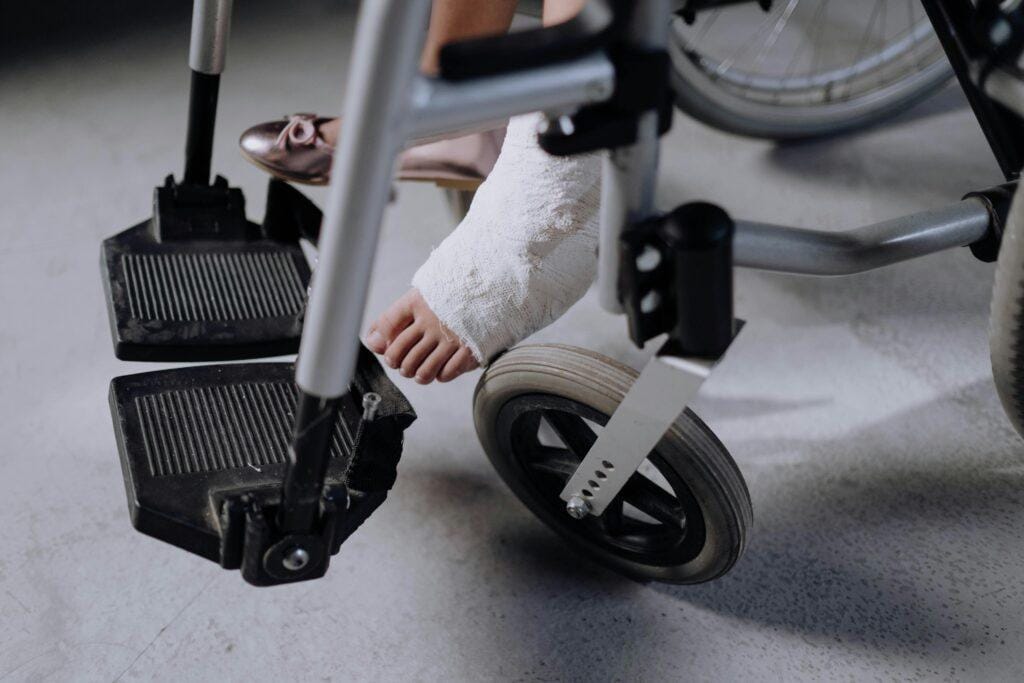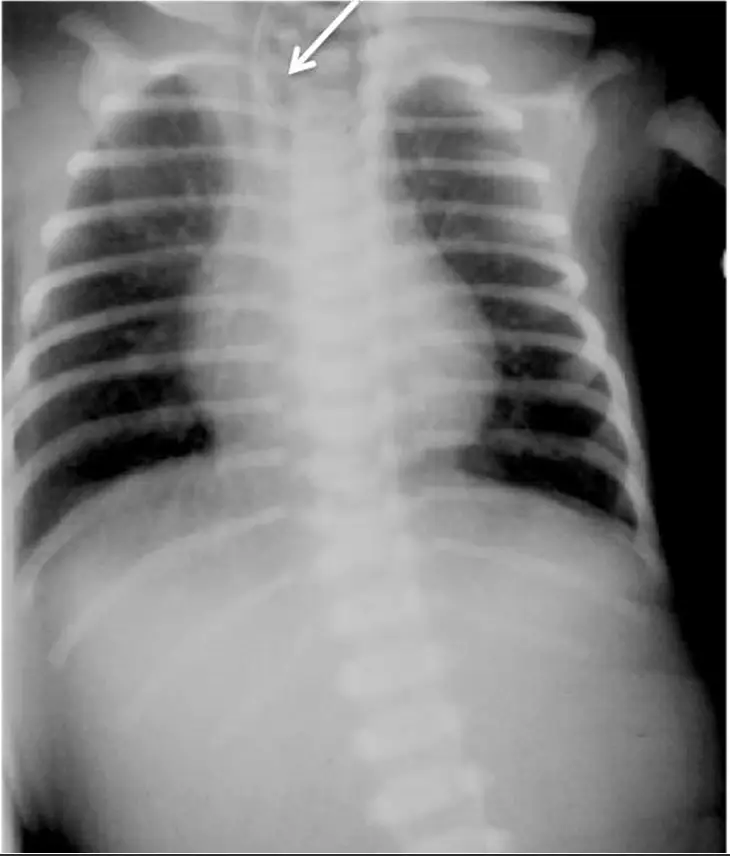Introduction
Fracture management is a critical aspect of orthopedic care, ensuring patients regain full function with minimal complications. The process revolves around three core principles: reducing the fracture, stabilizing it, and initiating movement for recovery.
This guide breaks down essential steps in fracture management, covering reduction techniques, stability assessment, and rehabilitation timing—helping both medical professionals and patients understand the best practices for optimal healing.

1. Is the Fracture Position Acceptable? (Reduce)
The first step in fracture management is determining whether the fracture needs reduction. Factors influencing this decision include:
- Location of the fracture (e.g., intra-articular vs. shaft fractures)
- Degree of displacement (angulation, shortening, rotation)
- Patient’s functional demands (athletes vs. elderly patients)
Direct (Open) Reduction
- Used for periarticular fractures where joint alignment is crucial.
- Involves surgical exposure and anatomical realignment of fragments.
- Often paired with rigid fixation (plates, screws) for primary bone healing.
Indirect (Closed) Reduction
- Achieved without surgery, using traction and manipulation.
- Common in femoral nailing or external fixation.
- Ligamentotaxis (using ligament tension to align joints) may help but can be imperfect, especially with die-punch fragments.
🔗 Learn more about fracture reduction techniques from AAOS (American Academy of Orthopaedic Surgeons).
2. Is the Fracture Stable? (Hold)
Once reduced, the next step is stabilization. Fractures are classified as stable or unstable, dictating the treatment approach.
Stable Fractures
- Do not displace under normal loading (e.g., impacted or torus fractures).
- Managed with removable splints or orthoses (e.g., moon boots, wrist splints).
- Benefits:
- Adjustable for swelling
- Allows bathing and gradual weaning
Unstable Fractures
- Risk displacement without stabilization.
- Treatment options:
- Non-surgical: Casts, braces
- Surgical: Plates, screws, intramedullary nails, external fixators
- Choice depends on fracture type, location, and reduction method.
🔗 Explore fracture stabilization methods at OrthoInfo.
3. When Can the Patient Move? (Rehabilitation)
The final phase balances protecting the fracture while restoring mobility.
Key Considerations in fracture management:
- Early movement prevents joint stiffness and muscle atrophy.
- Delayed weight-bearing may be needed for unstable or intra-articular fractures.
- Prolonged immobilization risks delayed recovery and poor functional outcomes.
Example Cases:
- Colles’ Fracture (Wrist):
- Reduced closed, cast for 4-6 weeks, quick rehab.
- Pilon Fracture (Tibia):
- Requires open reduction, rigid fixation, slow rehab with restricted weight-bearing.
🔗 For rehabilitation guidelines, visit Physiopedia.
Conclusion
Effective fracture management follows the Reduce – Hold – Move approach. Understanding when to reduce, how to stabilize, and when to mobilize ensures better healing and faster recovery.
Also read: Orthopedics Surgery Topics


